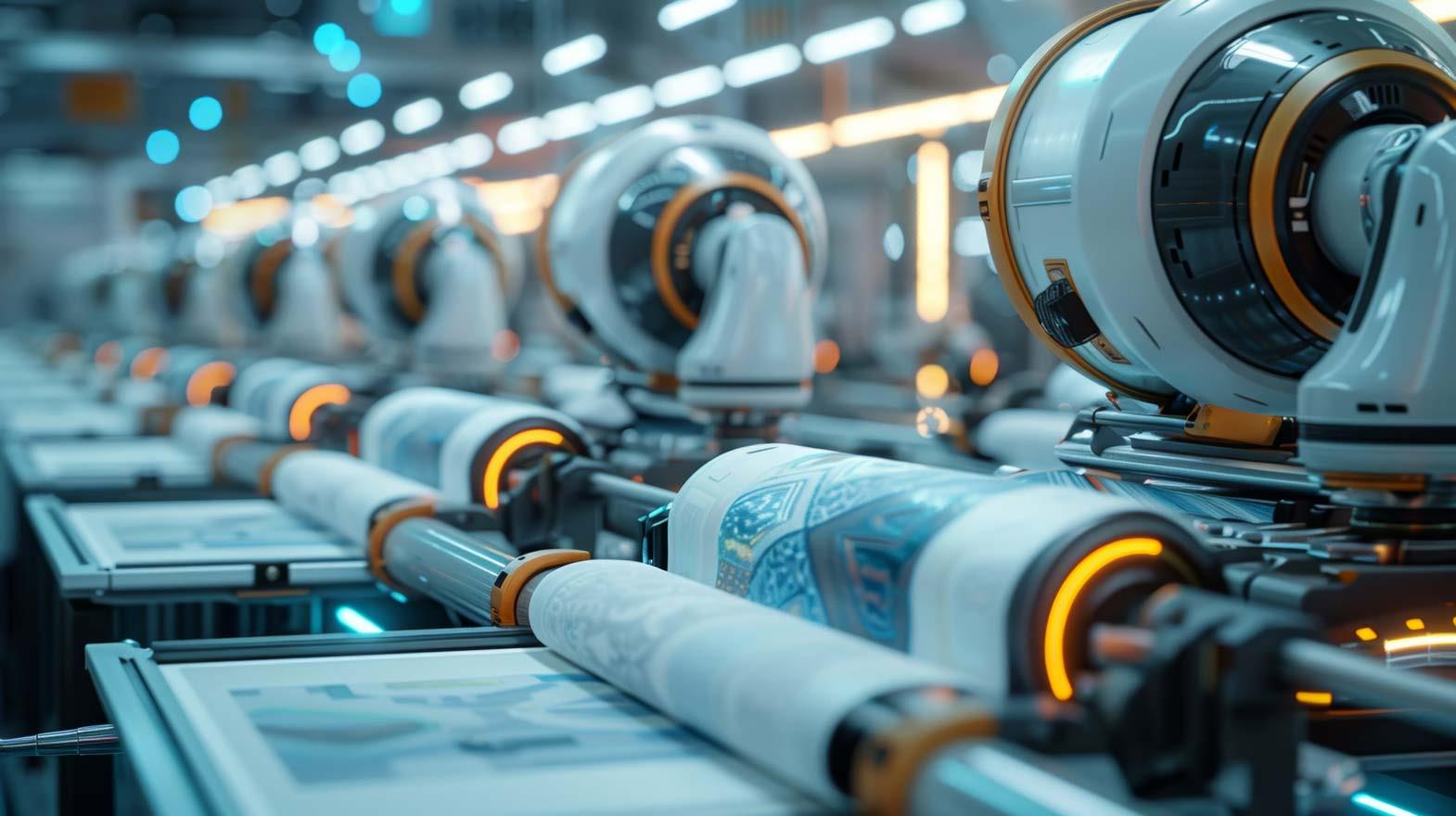Any garment or piece of clothing is valued or purchased by measuring the quality of the fabric. Whether it is the buyer, customer, or wholesaler of garments today, all look for quality and standard fabrics. Damage in fabrics can bring the cost down by 45 to 65 percent. Hence, fabric inspection plays a significant role in the process of making garments. The inspection is usually carried out before the production of garments begins and checks the quality of the fabric, sewing thread, and the trims and accessories.
Fabric inspection is defined as the visual examination or review of raw materials, partially finished components of garments, and completely finished garments in relation to some standards, specifications, or some requirements, as well as measuring garments to check whether they fulfill the required criteria. Inspecting at least 20 percent of the fabric roll lot is essential for an appropriate quality check.
The color, look and feel, fabric construction, printing defects, appearance, and edge-to-edge shading are commonly checked during a fabric inspection. Inspection of fabrics not just help in locating defects but also aids in preventing future rejects, achieving greater efficiency, and attending to deliveries in time. The ten-point system, Graniteville system, four-point, and Dallas system are the most used inspection systems incorporated by apparel manufacturers.
The four-point system is widely used in the knitted textile and garment industry, while the ten-point system is used for woven apparels. Automation of the whole process of fabric inspection is the most difficult. Computerized and scanning technologies have been designed to inspect fabric accurately, quickly, and consistently.
The visual inspection system requires an individual to monitor and supervise the whole process of inspection. In such a procedure, the fabric is placed on two parts illuminated module which consists of either reflected or transmitted light. The type of light used depends on the thickness of the fabric being inspected. Also, certain defects like oil spots can be better detected using reflective light, whereas transmitted light can help find start marks. The individual inspecting the cloth stands at a distance of one meter. The operating terminal is where an inspector sets parameters and enters data using a bar code. This method is time-consuming and does not account for complete accuracy.
Automated fabric inspection systems today have online and off-line integration. The online integration system inspects the fabric by assimilating it during the production process itself. The off-line integration system has a built-in fabric transport facility using which maximum fabric can be inspected at a faster rate. An online system's inspection speed is about thirty meters per minute. Automated online systems are equipped to inspect fabrics with a width of 110 to 440 centimeters.
With the development of the latest technology, the recent fabric inspection machines can mark the faults by paper tag labels and by ink. Denim cloths, single piece dyed, plain greige, wool, filament yarns, cotton blends, and uni-colored fabrics all can be measured using one single machine. Moreover, it allows the users to store data on defects, repairs, and faults of different fabrics and generate reports based on them.
Another automated inspection machine is engineered in a way to completely match the human visual inspection system. The system's software algorithm learns the normal pattern and then looks for detects. The multiple detection algorithm checks for a defect along the x and y location and once detected it records the location and the size of the error in a defect map. The software also allows the user to store a digital map of the defects for future references. There are machines for inspecting woven and knitted fabrics, glass fabrics, dyed fabrics, and even non-wovens.
Computerized machines used for fabric inspection in looms have a scanning head which consists of a camera and an illumination system. There are systems for double panel looms that come with two cameras in the inspection heads. The cameras used are of CMOS technology. Maximum detection can be achieved with this mechanism at a speed of 18 centimeters per second. Altering of image processing algorithms for warp and weft densities, border detection, and calibration of the camera and illumination are some unique features that accompany such systems.
In comparison to manual visual inspecting systems used in the textile industry, these mechanized systems are good investments since they save labour, time, and inefficiencies to deliver quality. In order to meet the requirements of quality standards many countries like India and China have begun adopting these systems. The facilities like digital maps that can be availed with these automatic machines can help in subsequent processes like cutting. Moreover, marking and mapping defects makes the job of spreading and cutting patterns around the defects easy. To achieve high quality and better organization in garment making, automated fabric inspection is a one stop solution.
References:
1. Indiantextilejournal.com
2. Textileschool.com








Comments